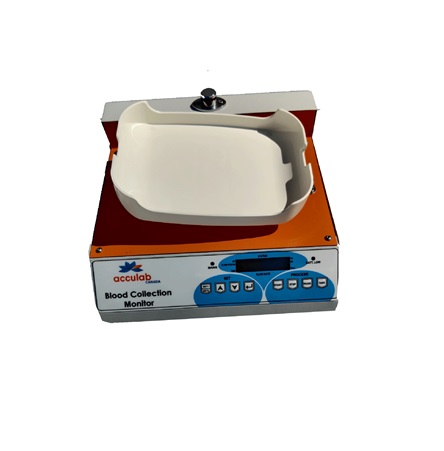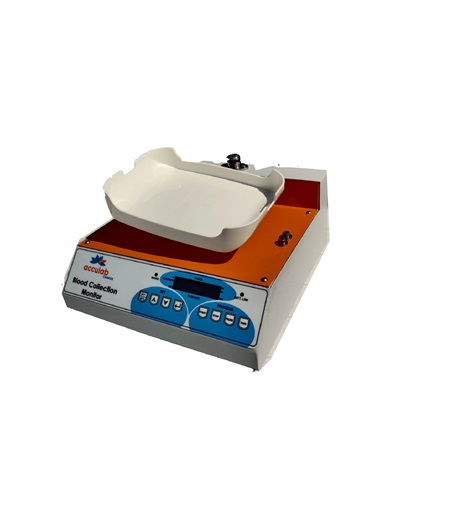Description
Automated Bacterial Identification System is an automatic apparatus that can be operated easily and quickly; it can be used for type identification of common pathogenic bacteria and quantitative analysis on antimicrobial drug sensitivity.
The analyzer has the proprietary intellectual property rights with advanced technology.
2、Application Area: is often used for hospital clinical bacterial identification and drug sensitivity analysis, and it can also be used in the fields of livestock, fishery, commodity inspection, environmental protection, food, epidemic prevention, scientific research and education etc.
3、System Structure Automated Bacterial Identification System consists of identification machine and mating reagent kit. The identification machine is made of host machine, bacterial identification drug sensitivity analysis software, displayer and printer etc.
4、Production Features:
1)Identification scope:
It can identify various common microorganisms, like enterobacter, nonfermenters, staphylococcus, streptococcus, enterococcus, micrococcus, listeria, fungus, vibrio, hemophilus, Campylobacter, Neisseria, positive bacilli and anaerobe (in aerobic environment). Most pathogenic microorganism can be identified directly to species, and some may be identified up to subspecies or subtype.
2)Drug sensitivity test:
Clinically applicable antibiotic and its concentration gradient are set according to CLSI Standard. Such setting covers nearly all frequently-used antibiotics clinically, and the drug sensitivity results are classified based on antibiotics into Group A, Group B, Group C, Group U and Group O etc.
3)Expert System:
An intelligent expert system is set up based on biochemical reaction features and CLSI standard. It can automatically conduct secondary review and analysis check on bacteria and drug sensitivity results, point out and correct abnormal results. It can also make analysis and indication of special drug resistance mechanisms like MRS, MRSA, HLAR, KPC and VRE.
4)The mating reagent kits are complete in variety and easy to operate
Identification reagent kits: enterobacter, nonfermenters, staphylococcus, streptococcus, fungus, vibrio
Drug sensitivity reagent kits: enterobacter, nonfermenters, staphylococcus and streptococcus.
5)Detection principle:
Colorimetry and Turbidimetry
6)Detection technology:
The photoelectric hole-by-hole detection technology
7)Inspection time: 18-24h and the fastest is 4-6h
8)Inquiry & statistic function::
The software of identification machine has strong inquiry and statistic function. It can be operated in many ways to provide the maximum data support to hospital epidemiological survey, drug-insistence trend analysis and hospital infection management.
9)Quality control function:
The software has indoor quality control function, and it can detect the ATCC reference culture and meet quality control requirements
10)Hospital infection monitoring function:
The software has hospital infection monitoring functions, which can type in, modify, delete and print the hospital infection monitoring data.
11)LISLIS system connection
13)WHONETWHONET data conversion
14)The software can be updated all the time for free.











